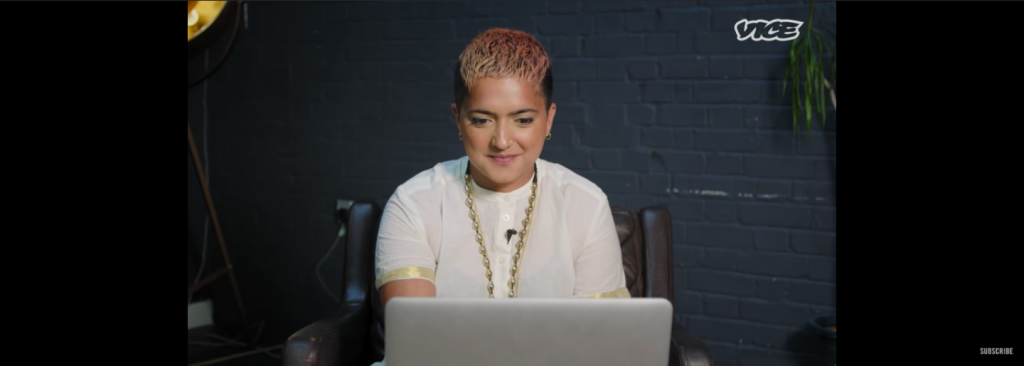
Claiming to act as a parent for one of the most vulnerable South Asian communities, Urvi Shah started the Arranged Gay Marriage Bureau in 2016, the first matchmaking service for queer South Asians.
At the end of April, Vice released a documentary where journalist Reeta Loi signed up for the service as a client. Her journey lasts a little under a year and at that time, Loi discovers that Shah’s company is nothing more than a scam.
Shah takes a substantial amount of money from her clients, and then takes them on a ride for months, making promises that she does not keep. Throughout the documentary, Loi and Keith, another client of the Arranged Gay Marriage Bureau, discover that the very few profiles of prospective matches they are sent are pulled directly from other websites. They also discover that the couples used as success stories to promote the service have never had an association with the service or Shah.
Loi speaks to Vivek and Vishua, whom she describes as the “poster boys” of the service. The two reveal that not only have they never used the Bureau, they had not even heard of it prior to this call.
[Read More: Nine Reasons India’s Decriminalization of Gay Sex Represents a Major Milestone for the LGBTQ Community]
Loi confronts Shah almost a year after registering for her service and Shah continues to defend her company, despite the fact that she cannot fully debunk any of Loi’s claims. Loi also asserts that she has never seen or spoken to any of the employees that Shah claims to have, nor has she seen an office. Even more incriminating, the address of the company leads to a bus stand.
In addition, in my research, I discovered that Shah is the only listed employee on the Bureau’s website.
Shah’s claim to act as a parent to such a vulnerable community is particularly sickening. Queer South Asians are, heartbreakingly, often not accepted by their family and possibly even disowned. Arranged marriages are a prominent tradition of many South Asian cultures, existing even today. Queer South Asians are frequently not given access to that cultural custom or even access to romantic love in the first place.
Homosexuality was only decriminalized in India in late 2018 and is still seen as unacceptable on a larger societal level.
In many cases, queer South Asians do not really have a ‘home’ or a ‘family.’ The promise of a future with a life partner and the best equivalent of parental support is something many queer South Asians desperately need and deserve.
To take advantage of the years of pain the vast majority of these individuals have faced and the decades of oppression this community has faced is monstrous.
Scams are, unfortunately, a familiar part of life. Shah’s scam is so abhorrent because of how she actively takes action to further abuse an already mistreated community. It is a special kind of cruel.
Queer people are strong; I know that. We are resilient.
And we do not all have one identical experience of growing up queer.
But to give a community, one that never gets this kind of opportunity from their larger culture, the hope of love, only to snatch it away after receiving payment is as cold-hearted as one can be. To claim to be an activist for a marginalized community while exploiting their stories and their individual selves for monetary gain is vile.
[Read More: 5 Books that Portray the South Asian LGBTQIAP+ Experience]
Shah’s company is still operating today. After making promises that she will provide evidence that proves the legitimacy of her service, she has done nothing. She is running her company as though nothing happened.
Ultimately, preying on an innocent and vulnerable community is just deplorable. Yet, even as more and more people discover the truth about Shah, she continues to face no consequences for her actions. Though Shah’s actions are unforgivable, our primary concern right now should be to keep queer South Asians safe. The first step to doing so is shutting down the Arranged Gay Marriage Bureau.




